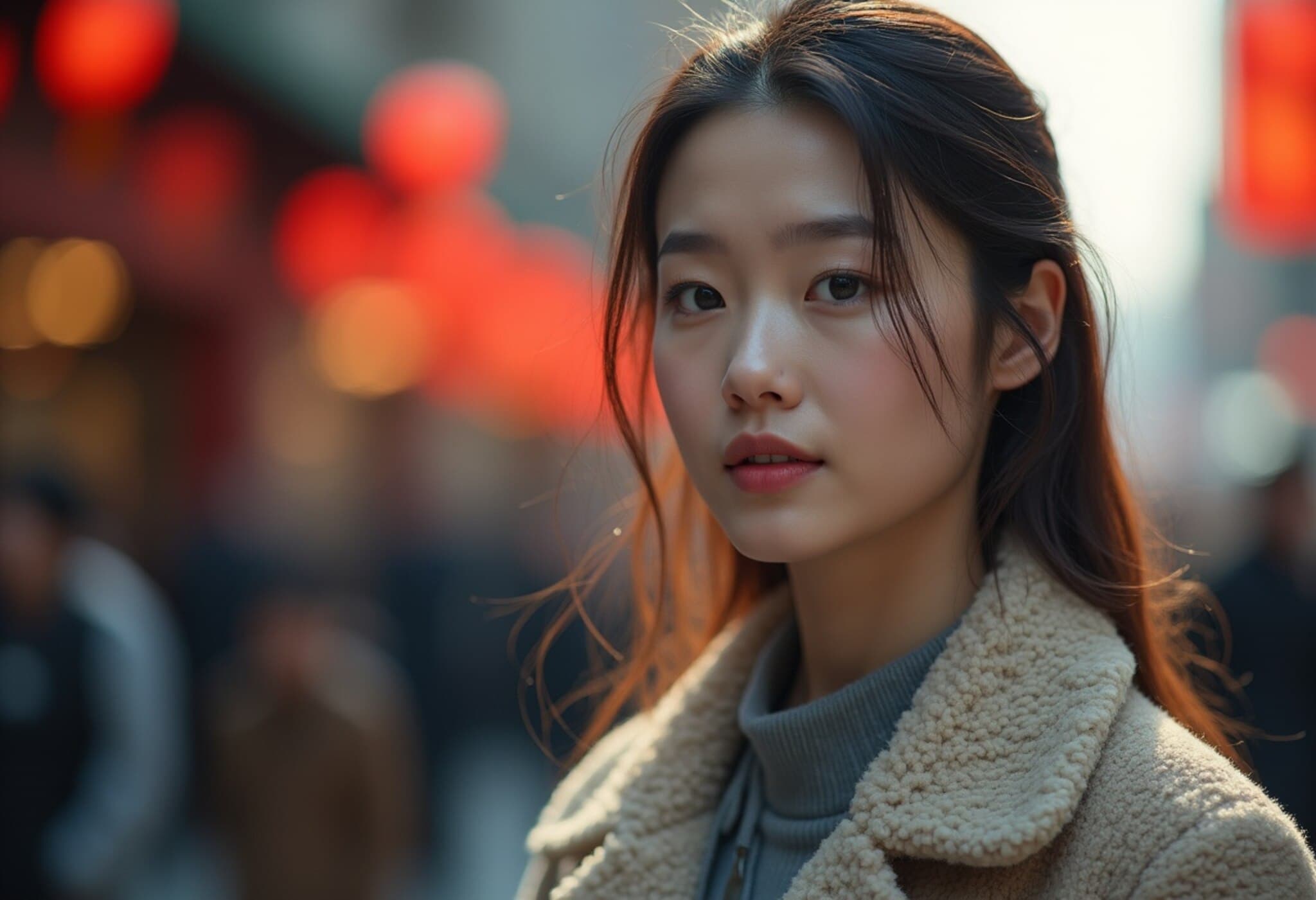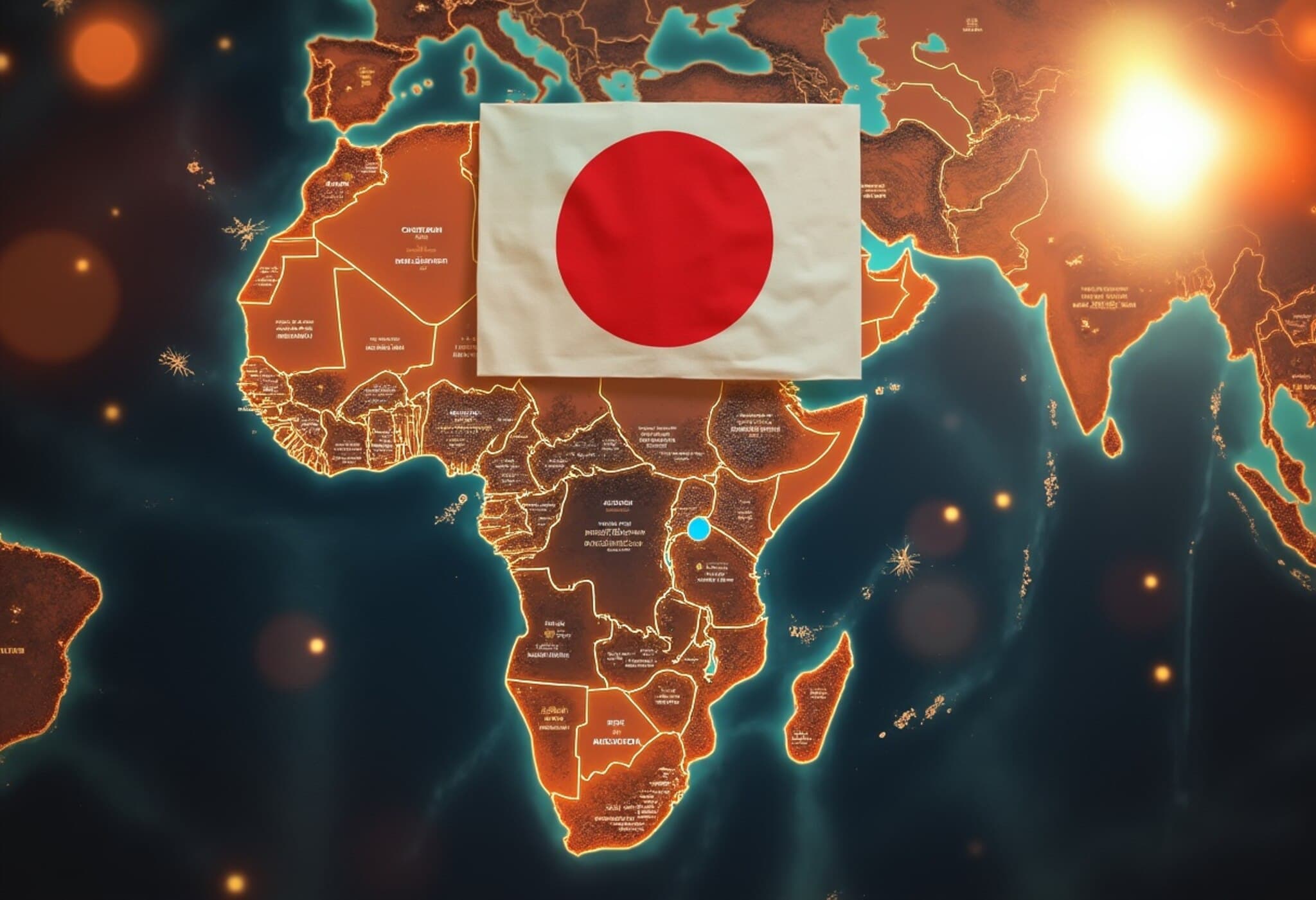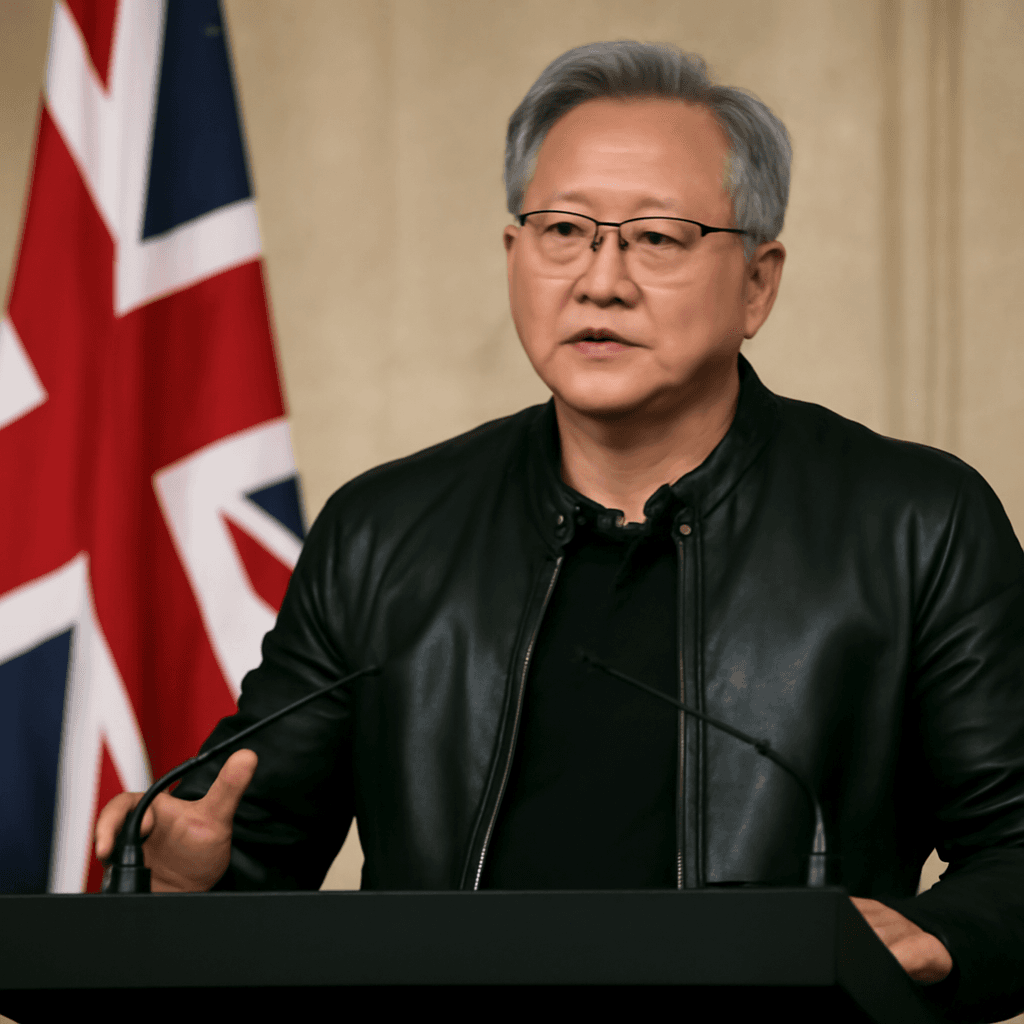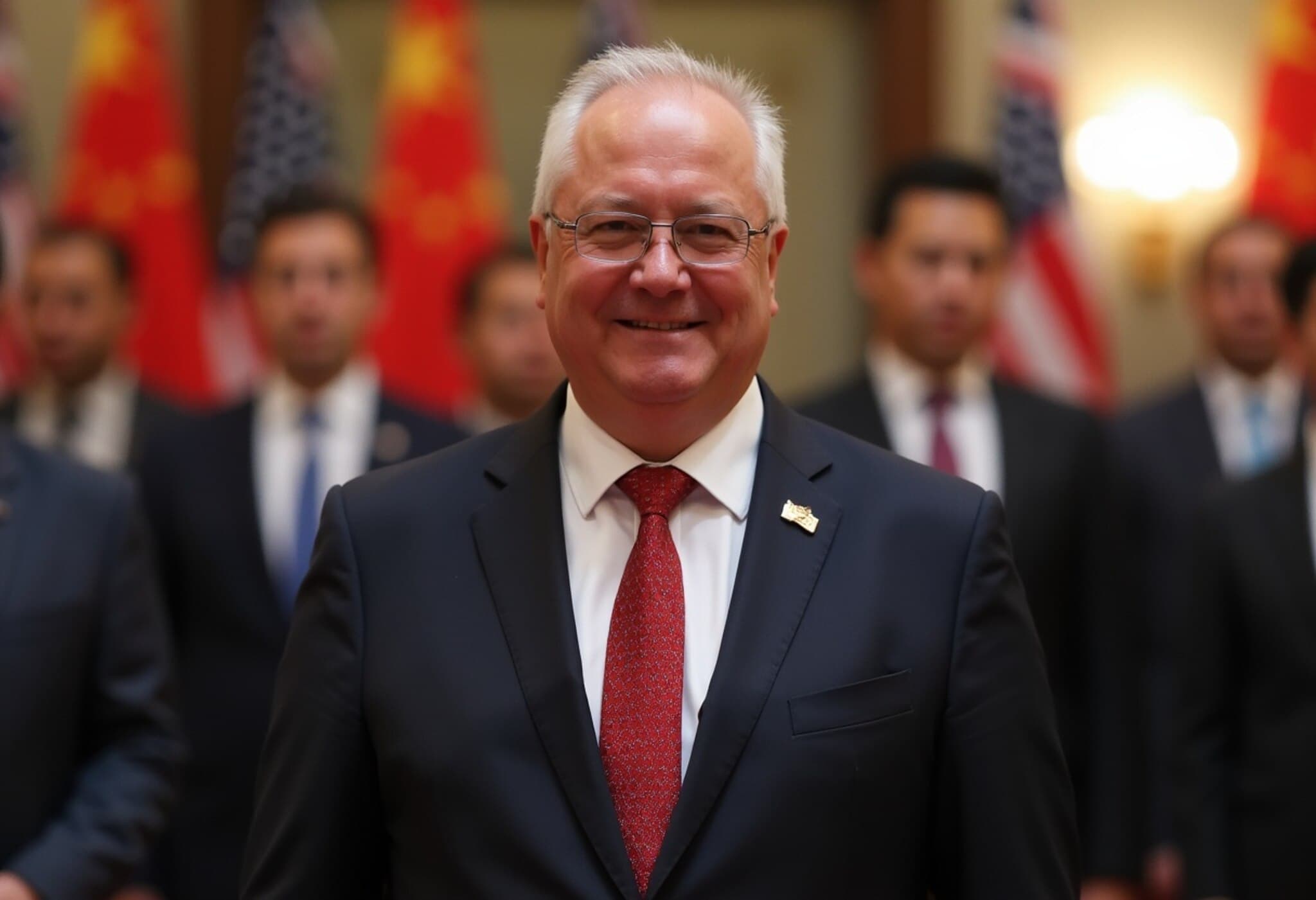AI's Role in Changing Marriage and Birth Trends Among Chinese Women
As China faces a notable population decline, a fascinating yet complex factor is coming into focus: Artificial Intelligence (AI). More Chinese women are choosing to remain single, attributing part of their independence to AI advancements that serve roles traditionally linked to marriage and childbearing. This trend intertwines with cultural expectations and long-standing social structures, challenging the future demographic landscape of the country.
The Rising Confidence of Chinese Women in Staying Single
Tracy Li, 32, a human resources manager in Beijing, exemplifies a growing segment of women who no longer view marriage and motherhood as essential life milestones. She candidly shares with the South China Morning Post that currently, the financial and personal costs associated with childbirth create a significant barrier. “The cost of giving birth is apparently too high for women, which is leading to a low birth rate in contemporary society,” Li explains.
A recent survey conducted in October 2021, which involved about 3,000 urban participants, revealed that nearly 44% of unmarried women aged 18 to 26 in China are either uncertain about getting married or have chosen not to marry at all. This marks a considerable shift from traditional Chinese expectations where marriage and children were seen as inextricably linked to adulthood and familial duty.
AI as a Substitute for Traditional Roles
In Chinese culture, marriage has historically provided not just companionship but also a social framework for elder care and emotional support. Today, AI-powered companionship and caregiving technologies are emerging as alternatives. Tracy Li is optimistic about the future, envisioning a time within the next few decades when affordable, intelligent household robots will provide elderly care, traditionally the responsibility of family members.
“AI can already provide emotional companionship,” she says. “By the time my generation reaches old age, I believe caregiving robots will be widely available and affordable. I hope this development accelerates.”
Expert Perspectives: Is Population Decline a Crisis or Evolution?
Demographer Li Jianxin, a veteran professor at Peking University with over 30 years studying population dynamics, offers a nuanced perspective. He suggests that AI and other technological advances could revolutionize long-held definitions of family, life, and death, potentially diminishing concerns about the falling birth rate.
“Traditional demographics focus heavily on metrics like birth and death rates,” Professor Li explains. “However, as society transitions from industrial to intelligent, these concepts could be fundamentally reshaped — even overturned.”
This outlook provides a hopeful counterpoint to the widespread anxiety about China’s shrinking and ageing population. If AI can deliver innovative solutions, such as enhancing healthcare and social support, the social fabric may evolve to accommodate smaller families or different models of caregiving.
AI’s Impact Beyond Companionship: Fertility Technologies
One area already benefiting from AI is in vitro fertilisation (IVF). AI applications aid in selecting healthier embryos, improving success rates of IVF treatments. Although these advancements promise more births, research acknowledges that such technological gains alone may not substantially reverse the overall population decline, given broader socio-economic factors at play.
Wider Context: Economic and Social Implications for China
China’s demographic challenges have far-reaching implications for its economy, labor market, and social systems. With fewer working-age individuals supporting increasing elderly populations, the strain on healthcare, pensions, and social welfare intensifies.
At the same time, the shift in cultural attitudes among young women—empowered by technology yet constrained by high living and childcare costs—reflects a generational transformation. It raises essential questions for policymakers attempting to balance technological innovation with social incentives for family formation.
Critical Questions Ahead
- How can policymakers design support systems that respect women’s autonomy while addressing population decline?
- What ethical considerations arise as AI increasingly substitutes traditional human roles in companionship and caregiving?
- Could AI-driven social models redefine community and family structures globally?
Editor’s Note
The intersection of AI and demographic trends in China spotlights a profound societal evolution. While AI provides new avenues for independence and care, it also challenges conventional norms around marriage and family. Understanding these shifts requires a balanced view that considers technological promise alongside cultural and economic realities. As China's population dynamics continue to unfold, the role of AI offers both opportunities and dilemmas that global audiences and policymakers must watch closely.



















